Top Stories
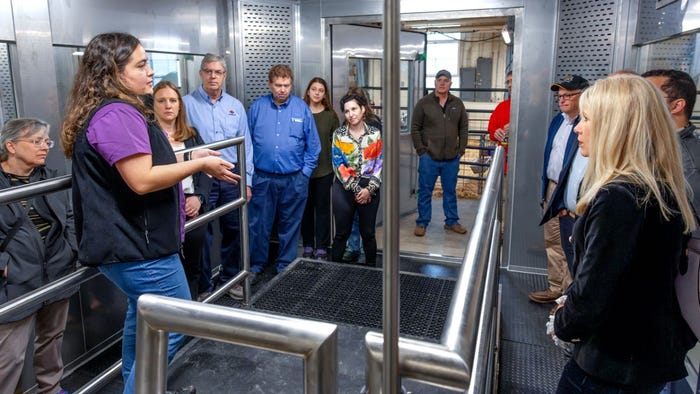
New Cornell facility supports methane reduction, climate resiliency
New Cornell facility supports methane reduction, climate resiliency
Animal respiration stalls will enable research on livestock feed, health and climate impacts.
Cash Grain Bids for
Boone, IA
Landus Cooperative (Boone, IA)
corn
ZCK24
$4.33
corn
ZCZ24
$4.41
soybeans
ZSK24
$11.09
soybeans
ZSX24
$11.11
| Contract | Last | Change | High | Low | Open | Last Trade |
|---|---|---|---|---|---|---|
| Jul 24 Corn | 452.25 | +0.25 | 452.5 | 451.5 | 451.75 | 12:15 AM |
| Jul 24 Oats | 351 | -2.75 | 354.25 | 342.5 | 354 | 11:29 PM |
| May 24 Class III Milk | 18.28 | +0.1 | 18.28 | 18.28 | 18.28 | 10:00 PM |
| Jul 24 Soybean | 1180 | +0.25 | 1180.75 | 1178 | 1179 | 12:15 AM |
| Aug 24 Feeder Cattle | 258.3 | +2 | 258.8 | 254.25 | 256.425 | 06:04 PM |
| May 24 Ethanol Futures | 2.161 | unch — | 2.161 | 2.161 | 0 | 09:38 PM |

Copyright © 2019. All market data is provided by Barchart Solutions.
Futures: at least 10 minute delayed. Information is provided ‘as is’ and solely for informational purposes, not for trading purposes or advice.
To see all exchange delays and terms of use, please see disclaimer.
Live Stream Thursday, April 25 at 1 pm CT - What are soybean meal functional compounds and their impact on pig health physiology? Dr. Amy Petry of the University of Missouri shares insight on this important development.
Dairy Health & Nutrition
See allOur Trade Show Coverage
Nutrition & Health
Brian Fretwell, founder of Finding Good, shares a science-based approach of leading and connecting through smarter questions.
Content Spotlight
Food Waste to Animal Feed – A Virtual International Conference
A free online conference focused on fostering a discussion around the challenges and opportunities related to food waste for livestock.
Market News
Webinars
Legislative
Watch This Week in Agribusiness with Max Armstrong to see what's happening in agriculture each week.
Mike Pearson is talking clean soil, biodiesel and even a look at what’s going on with the apple industry.
Mike Pearson gets you ready for planting season and learns about the tough year for crawfish.
EPA’s snub of renewable fuels, land values, grain bin monitoring, new John Deere equipment, commodity transportation impacts, cover crops and carbon, fuel delivery trailers and supply chains are featured this week.
Sustainability, ag education, crop protection, markets, and more featured this week.
Agribusiness News
More News
.png?width=300&auto=webp&quality=80&disable=upscale)


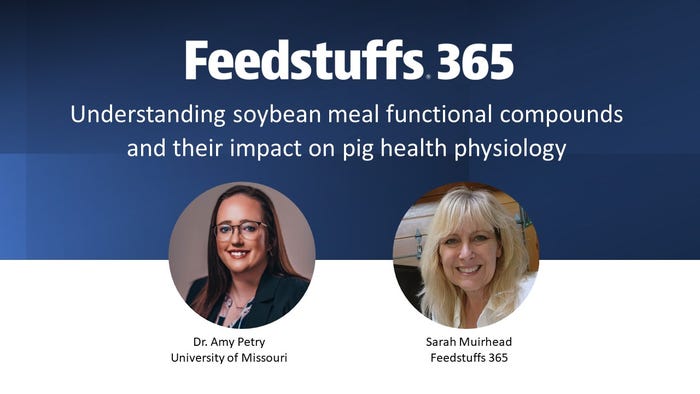
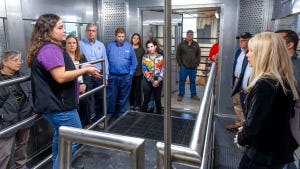


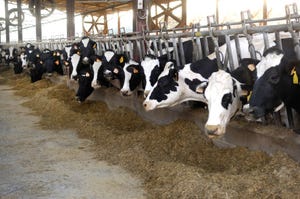
.png?width=300&auto=webp&quality=80&disable=upscale)

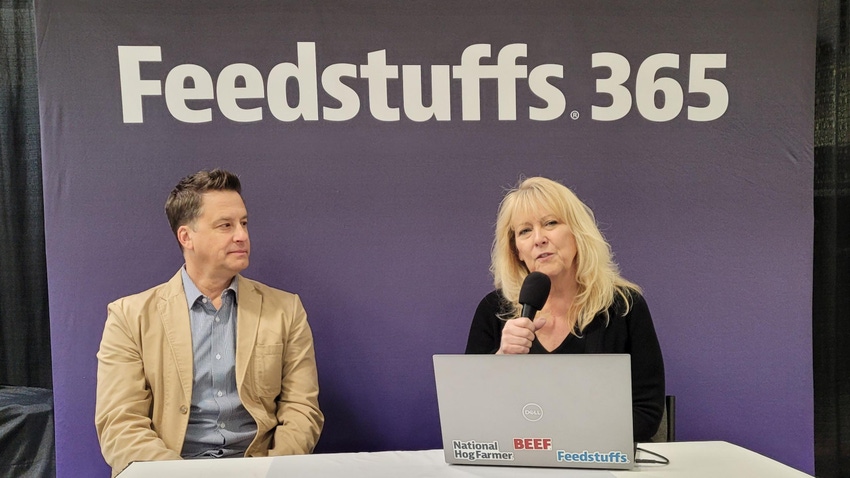


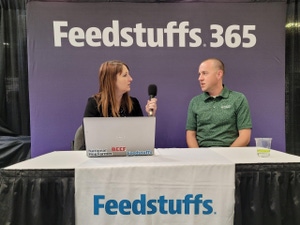
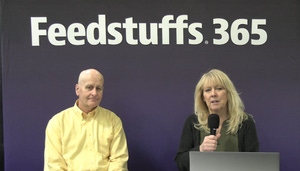


.png?width=300&auto=webp&quality=80&disable=upscale)






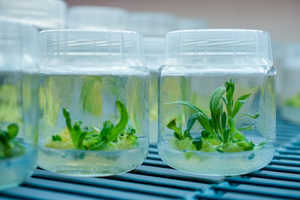

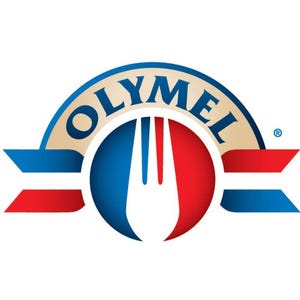
.png?width=300&auto=webp&quality=80&disable=upscale)

.png?width=300&auto=webp&quality=80&disable=upscale)
